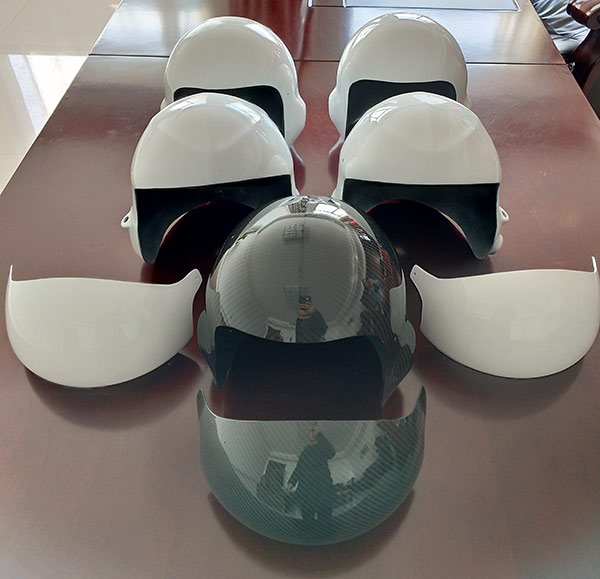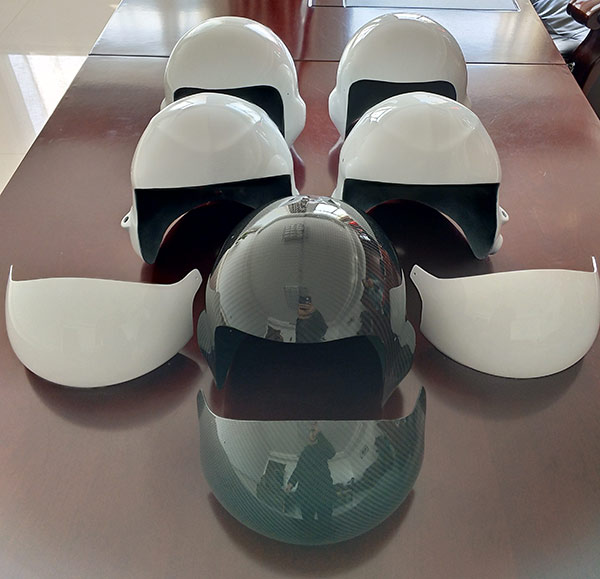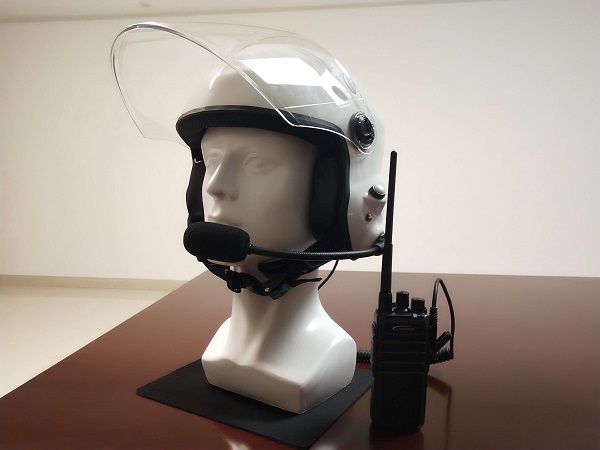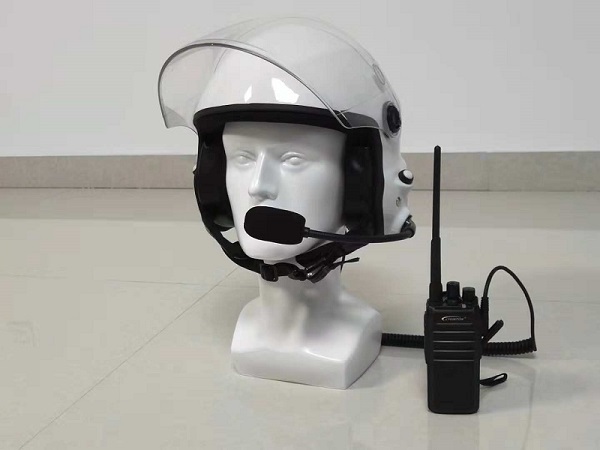- Winter Solstice Offensive: The Hardcore Protective Force of Short-Cut Carbon Fiber in Winter!
- Comprehensive Analysis of Short-cut Carbon Fiber Applications: High-performance Materials Empowering Lightweight Upgrades in Multiple Fields!
- Short-cut carbon fiber: Multiple performance advantages lead material upgrades!
- Chopped carbon fiber: Functional reinforcing material for composite materials!
- "Black Technology Fibers" in Frosty Weather!

- Contact:Mr. Hu
- Cellphone:0086 - 18021868999
- Telphone:0086 - 0515-82230000
- Email:826955488@qq.com
- Address:No.1, Tonggang Road, science and Technology Park, Haitong Town, Sheyang County, Yancheng City, Jiangsu Province
Carbon fiber helmet
Compared with traditional FRP and metal materials, carbon fiber material has the characteristics of lightweight; Carbon fiber material can absorb the impact when it is hit, while ensuring that the helmet further spreads the impact, so as to better protect the head;
Inquiry Now

Carbon fiber is a single fibrous carbon material. It is a single strength than steel, density is smaller than aluminum, corrosion resistance than stainless steel, high temperature resistance than heat-resistant steel, and can conduct electricity like copper, with many good electrical, thermal and mechanical properties of new materials. Carbon fiber helmets made of carbon fiber are light and strong, rigid, and 20 times stronger than iron. The carbon fiber helmet has the two characteristics of strong tensile strength of carbon material and soft workability of fiber, which is safe and lightweight.
-

Yancheng Xiangsheng Carbon Fiber Technology Co., Ltd.
-

Mr. Hu
-

0086 - 18021868999
-

826955488@qq.com




